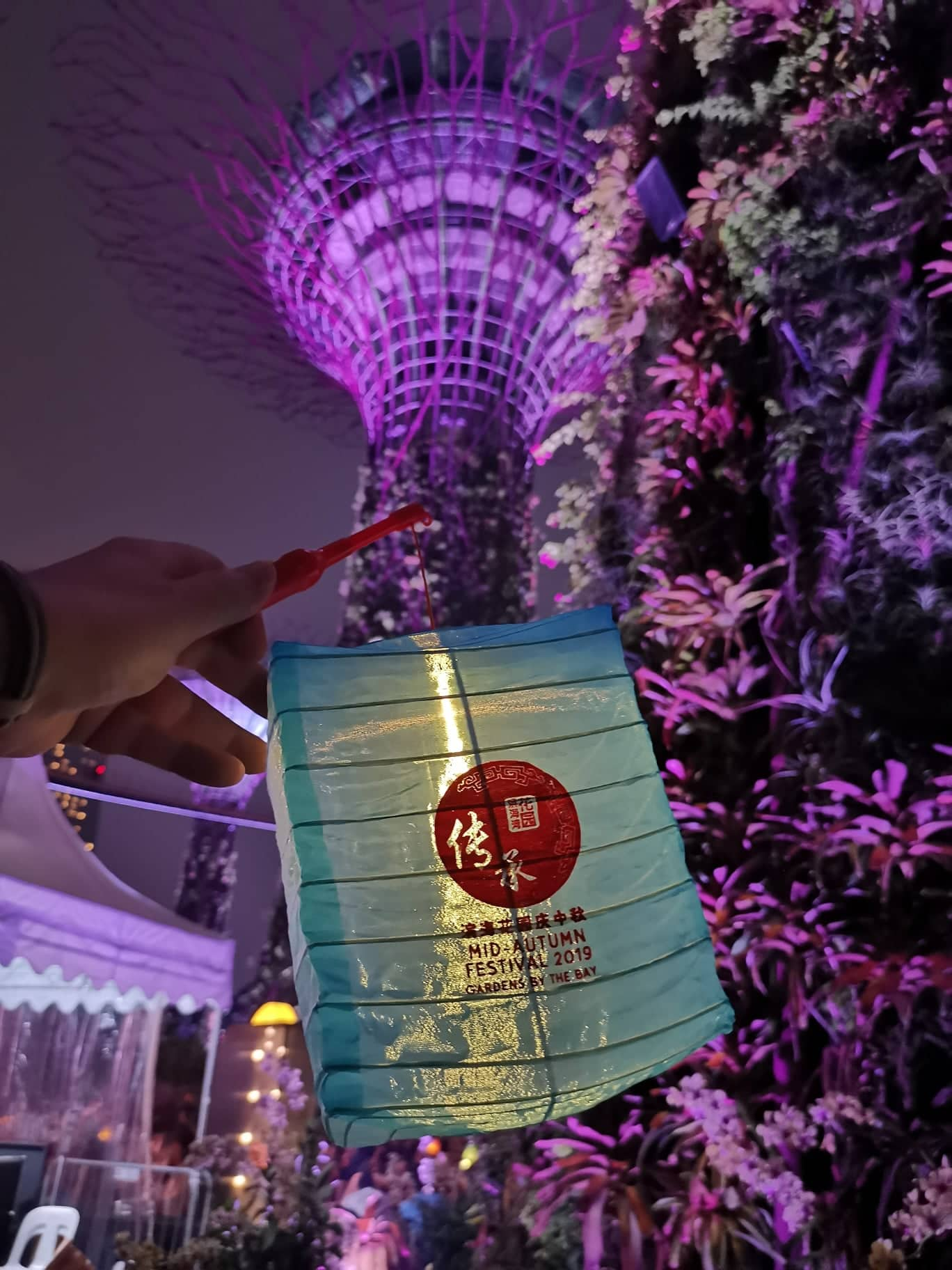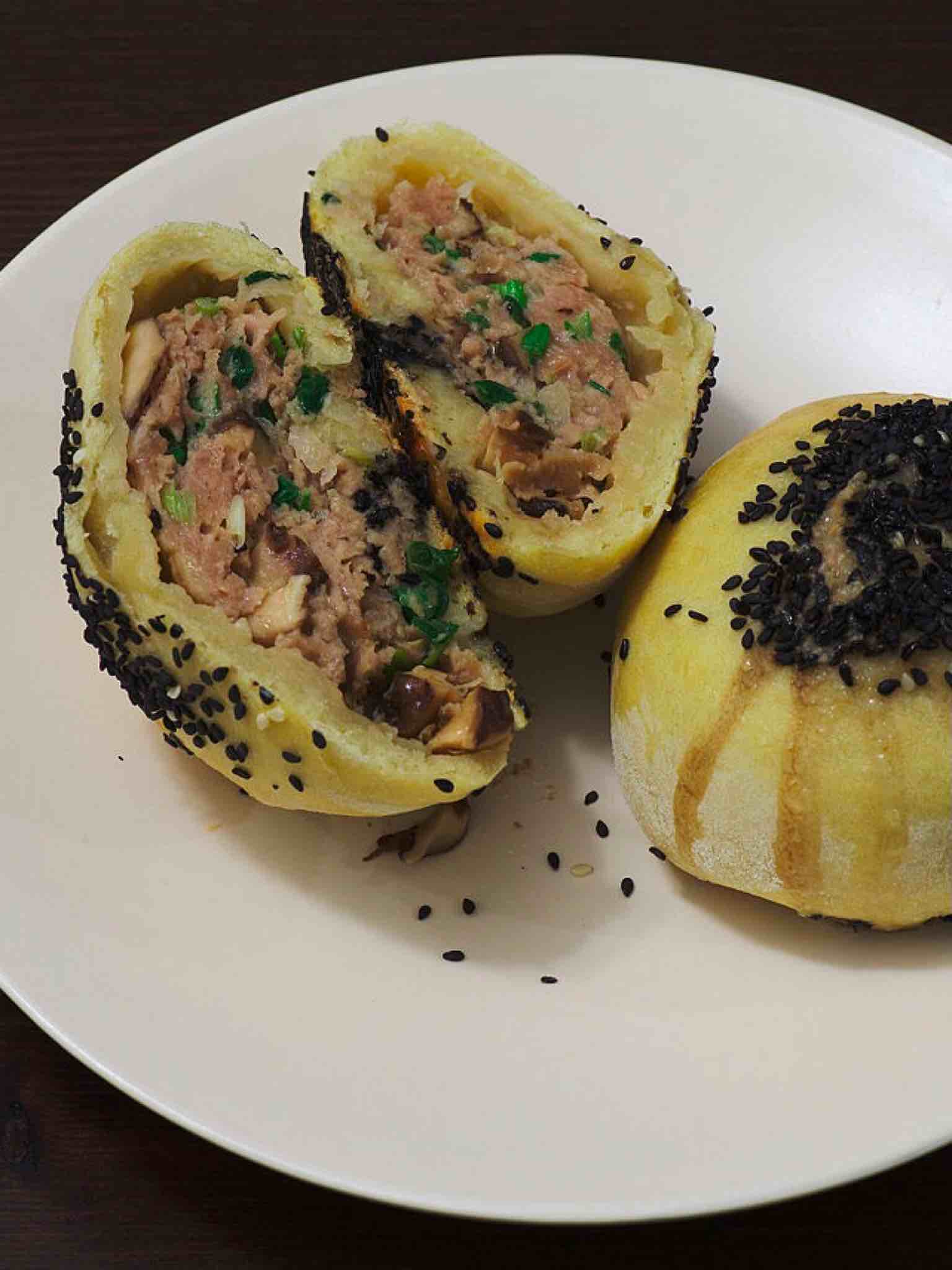Mid-Autumn Festival - Asian Heritage
Hola!, Ni hao!, Salamat datang!, Xin Chao!
Welcome to the first full moon of autumn. Yes, it's today. And if it's autumn, then... it's time for the Mid Autumn Festival.
It's actually a double celebration for me, because today is Mexican Independence Day.
Many people assume that the celebration of "Cinco de Mayo" means Mexican Independence Day. But while May 5 is an important date on the Mexican calendar, it doesn't mark the day of its independence. In fact, September 16 is Mexican Independence Day — and even that's not the date Mexico declared its independence. Surprised? Me too, so I'll expand on that in a separate article.
Today, let tea and mooncakes reign supreme
During the full moon of autumn, when the whole of East Asia is immersed in the celebration of the Mid Autumn Festival, I invite you to an unforgettable journey to experience the diversity of this festival in China and Southeast Asian countries. It is the time of the Mid Autumn Festival, when the entire region comes alive with the light of the moon and the glow of colorful lanterns.

China - The beginning of the journey
In ancient China, during the Tang Dynasty (c. 618-907 CE), the Mid-Autumn Festival became widespread and quickly gained importance. On these days, Beijing greets with the glow of thousands of colorful lanterns floating above the city. Stroll through the mythical Forbidden City and sample the famous Chinese mooncakes while admiring family celebrations. Traditionally associated with giving thanks for a good harvest, this holiday has its mythical roots in the legend of Chang'e, a woman who swallowed the elixir of immortality and floated to the moon, leaving her beloved Hou Yi behind. Mooncakes (yue bing) were particularly popular on this holiday, filled with red bean or lotus paste, often with egg yolk symbolizing the moon. The stories of Chang'e, the moon goddess whose legend is deeply connected to the festival, are linked to the figure of a young boy, Li Wei, who decided to set off on a journey to meet Chang'e and discover the secret of her power, inspired by the stories of her romantic fate.
Let's follow in his footsteps...
When he left his family home, Li Wei took with him these cookies, symbolic of the prospect of prosperity and family unity, which gave him strength during his journey and reminded him of home.

Vietnam - In the land of legend
Li Wei's journey took him to the green rice fields of Vietnam.
In Vietnam, the Mid Autumn Festival, known as Tet Trung Thu, lasted for about a week from the 15th day of the eighth lunar month and emphasized family feasting. It was a time when children marched with colorful lanterns and families shared cookies called bánh trung thu—local versions of mooncakes, both sweet and savory. Li Wei met a wise old man at a village market who told him about a great dragon, guardian of a magical moonstone hidden in the heart of the Marble Mountains. He was told that the stone held the secret of eternal moonlight. The dragon was part of local beliefs, symbolizing protection and wisdom. While talking with the old man, he was treated to other delicacies, including generously stuffed fruits and sweet mung bean soups. These dishes, according to stories, were supposed to bring good luck and perseverance.

Thailand - Mystic Dance
Li Wei’s journey took him to Thailand, where lunar festival traditions included grand ceremonies and dances, although the Mid Autumn Festival is not as widely celebrated as in China or Vietnam. The dances Li Wei was involved in were inspired by ceremonies that paid homage to ancestors and nature, emphasizing the importance of social solidarity and remembrance of the past. The dance was believed to attract the energy of the moon, bringing a bountiful rice harvest. Li Wei joined in the dance, seeking clues to help him find his way to the magic stone. During the ceremony, sticky rice with mango was served, a sweet ending to the ritual meals. Known today as “sticky rice mango,” the dish, with its silky texture, became a metaphor for the harmony between earth and heaven that he sought.

Malaysia - Crossing the jungle
Along the way, Li Wei met a traveling Malaysian merchant who told him about a mysterious lake that reflected moonlight—a local legend that spoke of a connection between earth and sky. Malaysia, with its large Chinese diaspora, also adopted the tradition of the Mid Autumn Festival. At the time, the Malaysian festival was full of lanterns, symbolizing unity and spiritual guidance. Li Wei crossed dense jungles and eventually reached a lake, where he found clues to the location of a magical stone. During his journey, Li Wei feasted on local mooncakes, as well as nasi lemak—spicy coconut rice served with peanuts and anchovies. The taste surprised him and enriched his insight into the cultural connections and culinary diversity between regional traditions.

Cambodia - Temple of the Moon
Following the clues, Li Wei arrived in Cambodia. In Cambodia, during Li Wei’s visit to the Angkor Wat temple, the story took on a new meaning. Although Cambodians celebrate different holidays, the influence of Chinese traditions was evident. The temple, with its extraordinary architecture, represented a place where humanity could come into contact with the divine. It was here, in the light of the full moon, that he discovered the true magic of the moonstone. He met the spirit of an ancient priest who used the stone to open a window to the heavens, allowing Chang’e to visit the human world. It was also here, in the temple, that he came across local specialties such as amok – steamed fish in banana leaves with coconut milk. The perfect preparation of this dish befitted the sacredness of the place, emphasizing the spiritual aspect of food as part of the celebration of the holidays and the unification with the ancestors.

Back home
Through his journey and the knowledge he gained, Li Wei understood that true magic lies in the hearts of people, in their ability to work together and celebrate life together. Upon returning to China, Li Wei not only shared his adventures, but also the recipes and culinary stories he brought back, enriching the tables of his village during the autumn festival. His journey, interwoven with many flavors and aromas, was a testament to how food can unite cultures and traditions, imprinting a sense of integration and community in the hearts of people under the glow of the silver moon.
Li Wei's story has survived as a great legend told during the Mid-Autumn Festival. It is a story of courage, friendship, and the magic that unites people under the silver glow of the moon.
A beautiful story, isn’t it?
For me, the Mid-Autumn Festival will always be associated with Singapore, where I first celebrated it. The modern city-state combines the multicultural heritage of all of Asia. It is here that the diversity and beauty that Asia offered me during the Mid-Autumn Festival comes to its most beautiful form. At Gardens by the Bay, I attended a stunning flying lantern festival. I also got to taste creative variations of mooncakes, such as durian ice cream, confirming a unique approach to the same festival, combining tradition with local culture in a way that forever changed my perspective on the world.

It is Singapore that best reflects the process of coexistence of tradition and modernity.
The roundest moon can be seen in the autumn. It is time for reunions.
I wish you a happy Mid-Autumn Day and a wonderful life.
月到是秋分外明,又是一年团圆日,祝你节日愉快,身体安康
Trăng tròn nhất có thể được nhìn thấy vào mùa thu. Đã đến lúc đoàn tụ.
Chúc bạn một ngày Trung thu vui vẻ và một cuộc sống tuyệt vời.
Hasta luego!
Arek
More articles


Pages created with WebWave
















